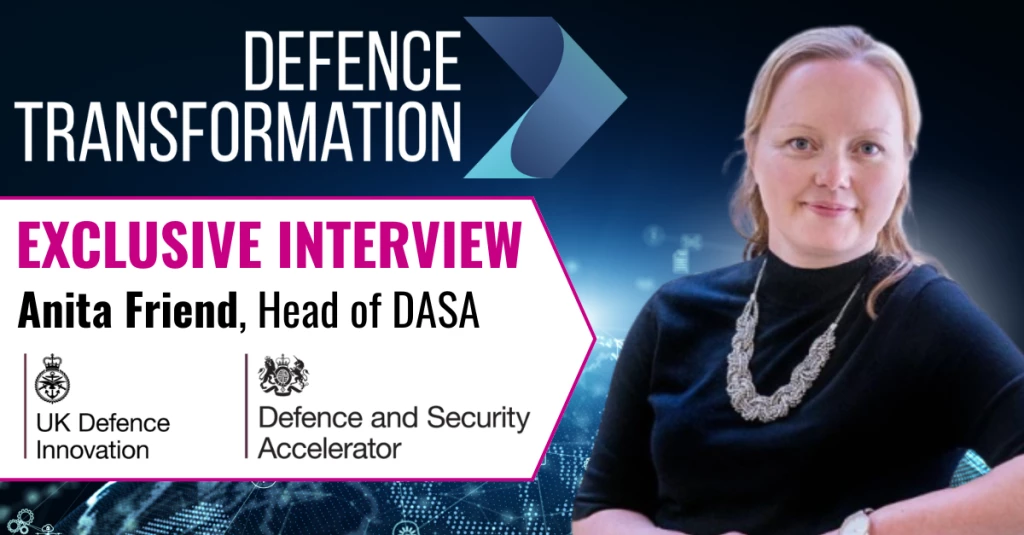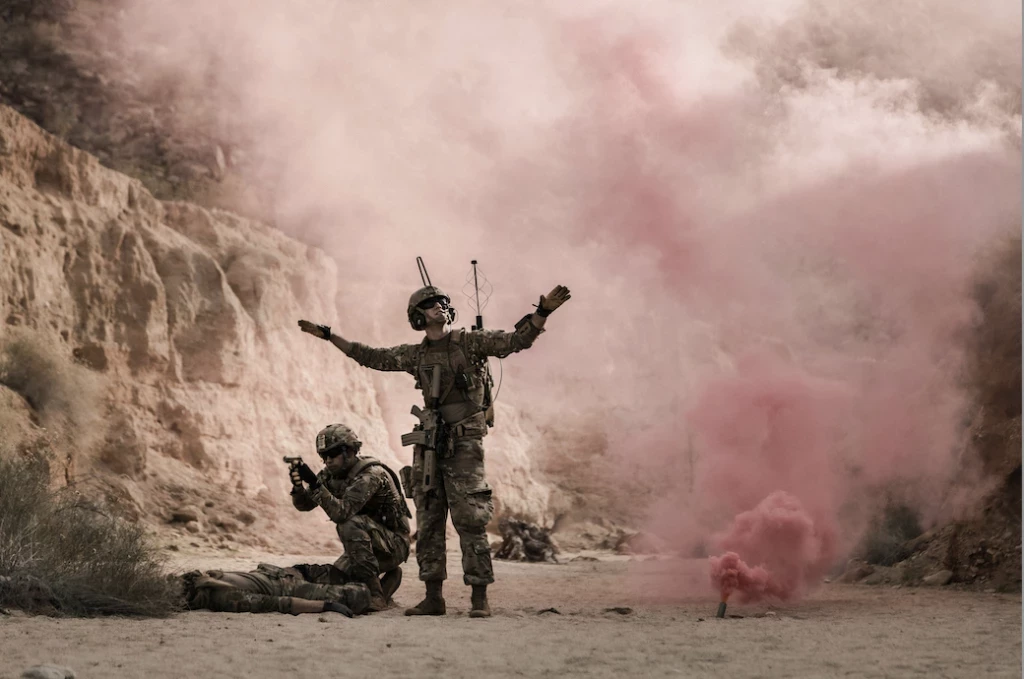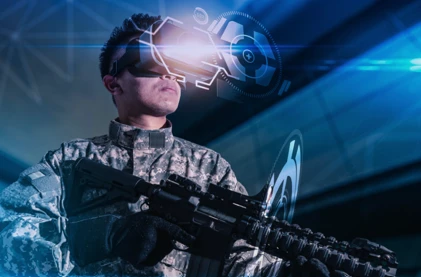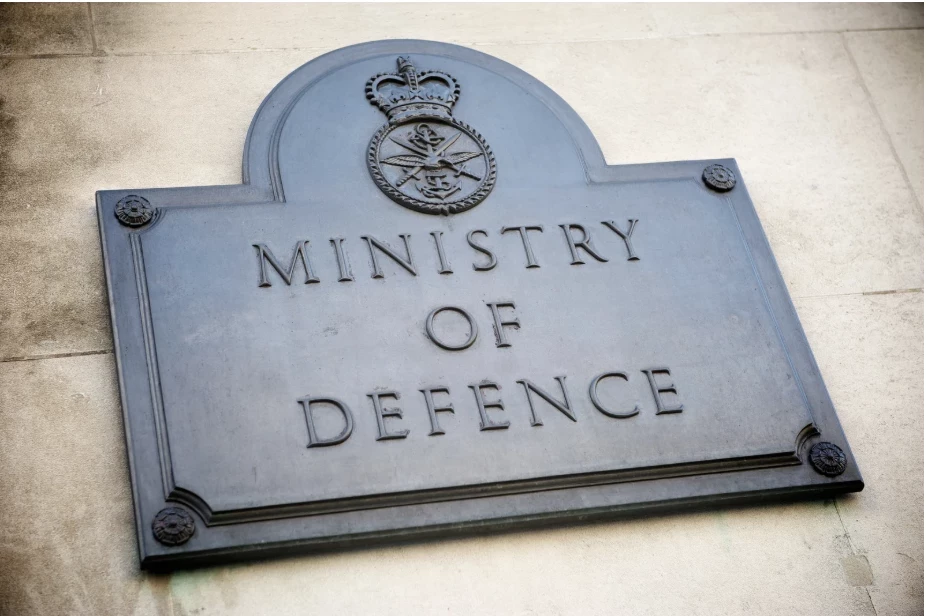Netherlands requires smarter GBAD software and data fusion, among new capabilities
Add bookmarkAir and missile defence has grown in importance for nations around the world: as the threats to national security and infrastructure have increased dramatically in recent years. The exacerbation of potential flashpoints around the world, from the Middle East to Eastern Europe and beyond, have seen nations move swiftly to upgrade legacy systems and to increase the potency of their current defences.
However the threat grows ever more varied, with the proliferation of UAVs of various sizes and armament; an increasing number of ballistic missile-equipped nations; and CRAM threats across Asia and the Middle East.
Colonel Peter Gielen, commanding officer at Netherlands Ground Based Air Defence Command, spoke to Defence IQ about the priorities and pressures on his 2016 agenda...
How is the Royal Netherland Army dealing with the integration of C2 systems with other nations? How much of a challenge does this present?
For us, both the NATO Integrated Air and Missile Defence System (NATINAMDS) and the Standard NATO Agreements (STANAG) are the backbone for integration within the Alliance. We follow NATO when it comes to cooperation with countries outside the Alliance, such as Partnership for Peace nations. We are happy to cooperate as long as they meet NATO standardisation requirements, such as Link 16 and JREAP.
Furthermore, we are closely working together with our German colleagues. We have done so since we started using weapon systems such as PATRIOT. In the foreseeable future together we will start Project Apollo, a project that aims for integration of the German and Dutch ground based air defence forces. In that light we are investigating the possibility to use a similar C2 suite as Germany.
The challenge shows its ugly face when it comes to standardisation. Although everyone understands the need to establish a close cooperation and integration – not only between NATO ground based air defence forces, but also with our maritime colleagues – lack of standardisation is the reason that this idea will not materialise.
How has your service been working to bridge the capability gap between legacy systems and future acquisitions? Where have been the biggest obstacles in this process?
We have been using a three step approach. The first step was to analyse the capability gap. Therefore we used and conducted studies on national and NATO level. Examples are the use of ‘Counter Rocket Artillery and Mortar fire and Mini-UAV’s (C-RAM/Mini-UAV)’ and ‘GBAD operations in the 21st century’. Both have become studies we put a lot of effort in as we envision a real and present danger for NATO territory, populations and our ground forces.
The second step consists of the investigation on the growth capabilities of current (legacy) systems. Examples are the PATRIOT Lifetime Extension and the roadmap for AGBADS improvement.
The third and final step is the definition of requirements and finally the procurement. At this point in time we have defined the requirements for the Patriot Lifetime Extension and for the Multi Mission Radar and we are in the process of defining the requirements for the midlife update of AGBADS, while we are also planning for the integration of air defence and C-RAM.
The obstacles we encounter are financial restraints, and a long lasting procurement process that can take years to acquire new capabilities.
How is your service improving detection and discrimination of threats to enhance the overall air picture? What could help you to enhance this?
Together with the industries, we are looking for smart(er) software for our sensors, acquiring Multi Mission Radar capability, in order to address multiple threats with a single capacity and create a mix of sensors in different frequency bands, so that we can create an air defence that’s hard to saturate. We are also pursuing the use of datalink networks (‘Link 16 cloud’) for information sharing, cueing of radar systems and cross reference.
What could help? Low-level radar data fusing to improve track and data quality. This is, by the way, only possible if manufacturers are willing to standardise or share data.
What challenges are you experiencing when it comes to ensuring effective interception of such a variety of potential airborne threats?
It is clear that the world around us is changing rapidly, with other and new threats emerging from the skies. Threats that we have to counter to protect our population, our infrastructure and our ground troops. At the other hand, as mentioned before, we encounter a slow process to acquire new equipment. On top of that we have to deal with foreign disclosure issues and we feel the effects of manufacturers having difficulty or even are unwilling to work together. Therefore, the competition between emerging threats and solutions is not always in favor of the latter.
In the operational field we see a changing use of the battle space – one that will most likely have to focus on population areas. Especially in those urban environments the danger of collateral damage is very much present. Apart from engaging the air threat, we increasingly need to focus on the negative effects of those engagements. We have to be very aware of the possibility of collateral damage and act accordingly.
What do you hope to achieve or learn from the forthcoming IAMD conference?
I hope that our thoughts can be shared, that we can create more common understanding in our field and that hopefully we can use the conference to discover more ways for international cooperation.
[eventpdf]






















